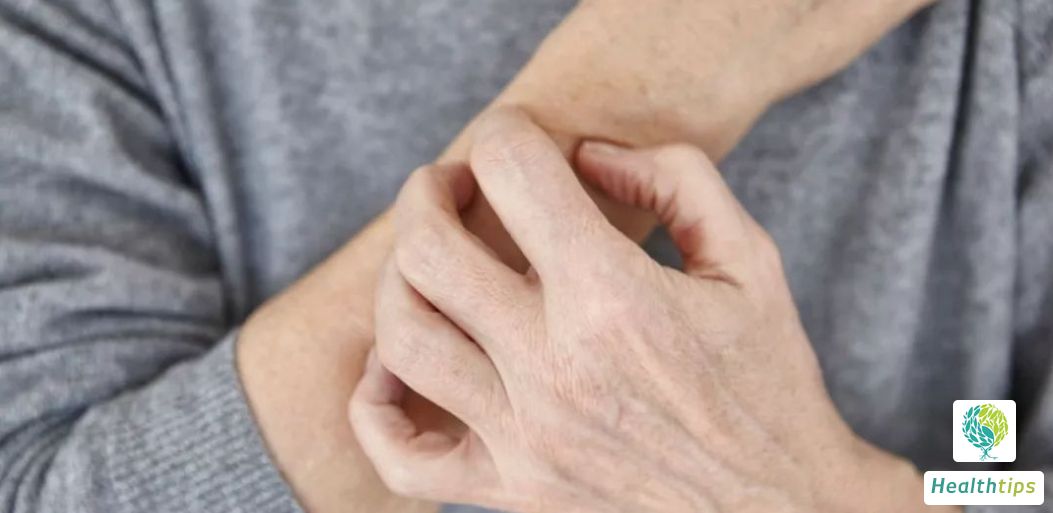What Are the Types, Symptoms, and Treatments of Cough?
Cough is a common manifestation of the respiratory system. It can be caused by inflammation or chemical irritation of the trachea, bronchial mucosa, and pleura. Initially, the glottis closes, followed by contraction of the respiratory muscles, and then the intrapulmonary pressure rises until the glottis opens, resulting in the expulsion of air from the lungs and the occurrence of cough. Timely and targeted treatment is essential when cough appears. What are the types, symptoms, and treatment methods of cough? Let's take a look.

In clinical practice, traditional Chinese medicine classifies cough into two categories: exogenous cough and internal injury cough. Common symptoms include chest tightness, expectoration, wheezing, coughing, and difficulty breathing. Sometimes, there may be expiratory dyspnea with wheezing sounds. In severe cases, there may be the expulsion of large amounts of white foamy sputum, and even cyanosis may occur. Therefore, it is necessary to control the infection promptly based on the severity of the cough.
Cough is a common symptom of the respiratory system. It is caused by inflammation, foreign bodies, physical or chemical irritation of the trachea, bronchial mucosa, or pleura. The initial manifestations include the closure of the glottis, contraction of the respiratory muscles, and an increase in intrapulmonary pressure. Subsequently, the glottis opens, and air is expelled from the lungs.
1. For coughing symptoms, please consult a doctor in respiratory medicine or otolaryngology.
2. If the cough is paroxysmal and accompanied by wheezing sounds, please consult a doctor in respiratory medicine.
3. If the cough is accompanied by sore throat or itching in the throat, please consult a doctor in respiratory medicine or otolaryngology.
4. If the cough is accompanied by afternoon low-grade fever, night sweats, fatigue, weight loss, hemoptysis, etc., please consult a doctor in respiratory medicine or infectious diseases.
1. Maintain a quiet and comfortable environment, regularly open windows for ventilation to ensure good air circulation.
2. Adopt a semi-sitting or forward-leaning position.
3. If there is a history of respiratory disease, use bronchodilators and respiratory stimulants as prescribed by a doctor.
4. Assist those with coughing and sputum production to cough up the sputum by tapping their backs.
5. Seek medical attention promptly.



















